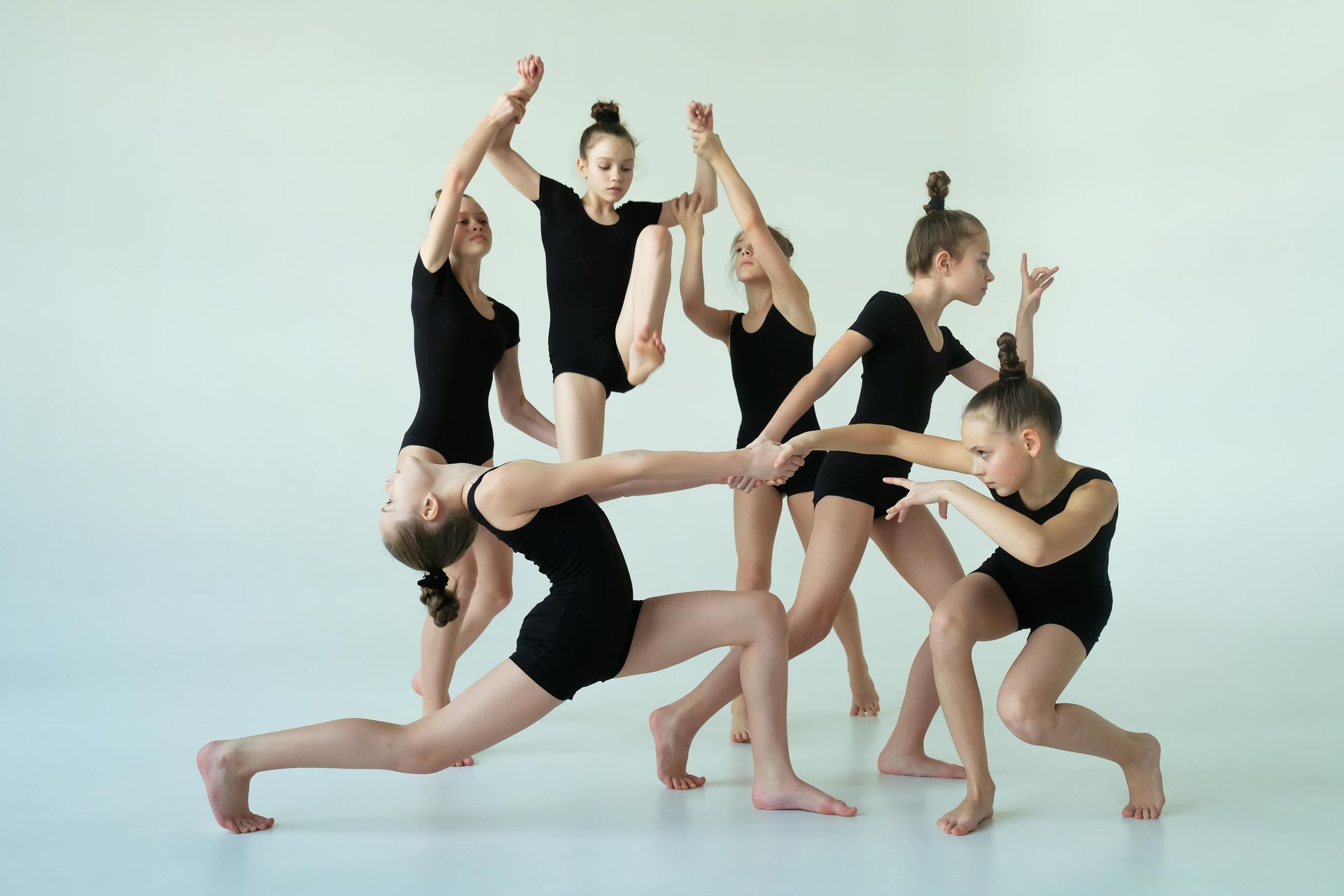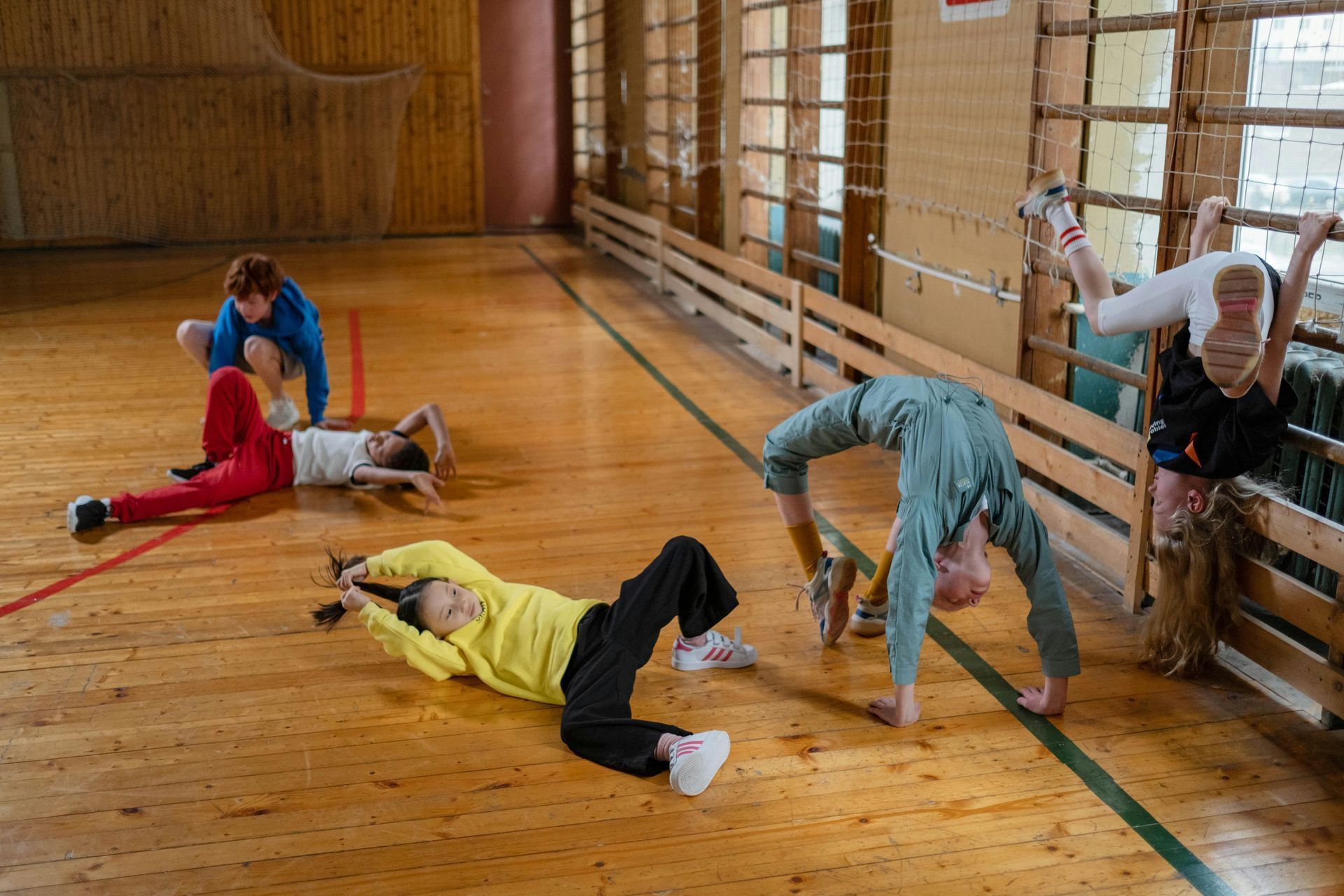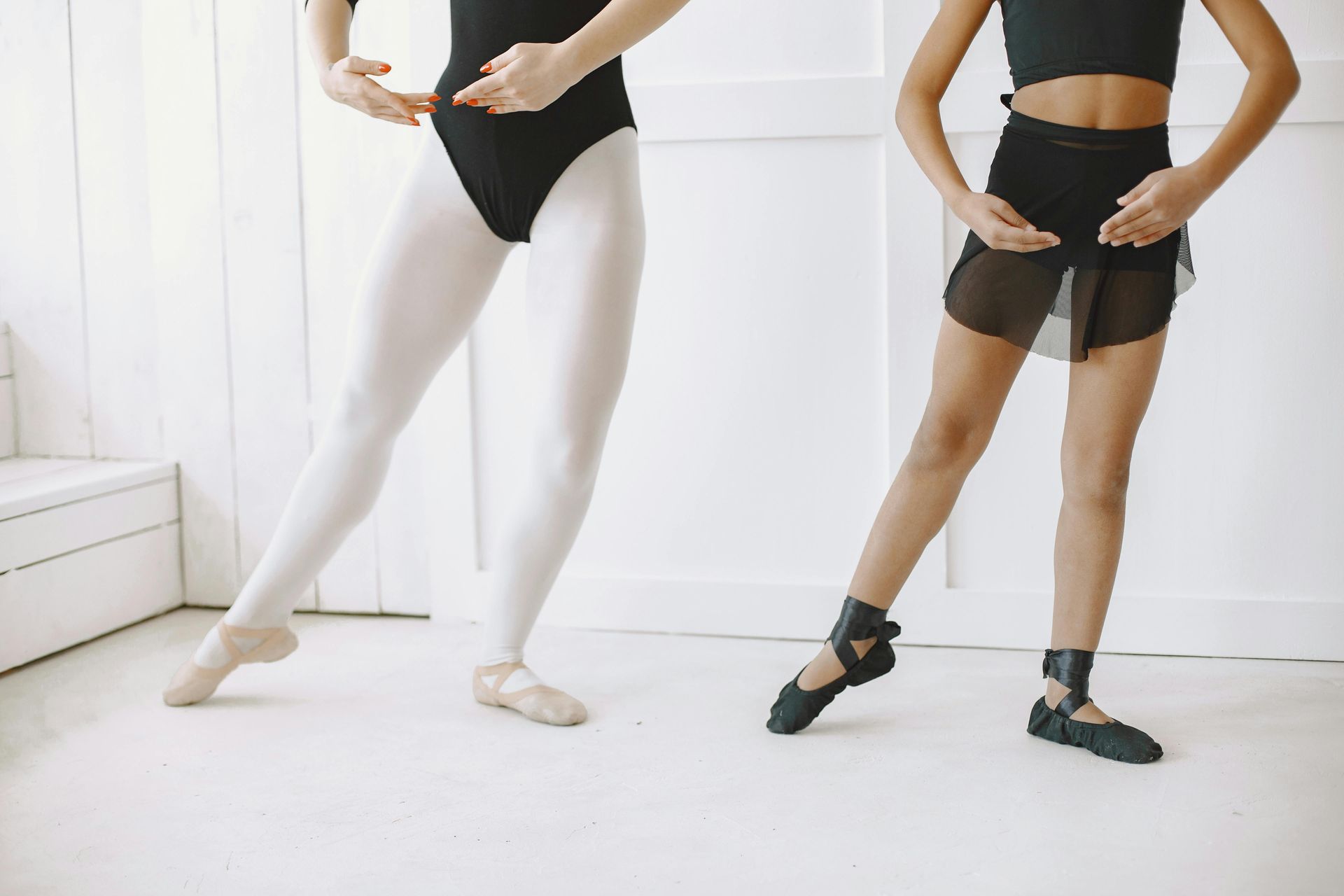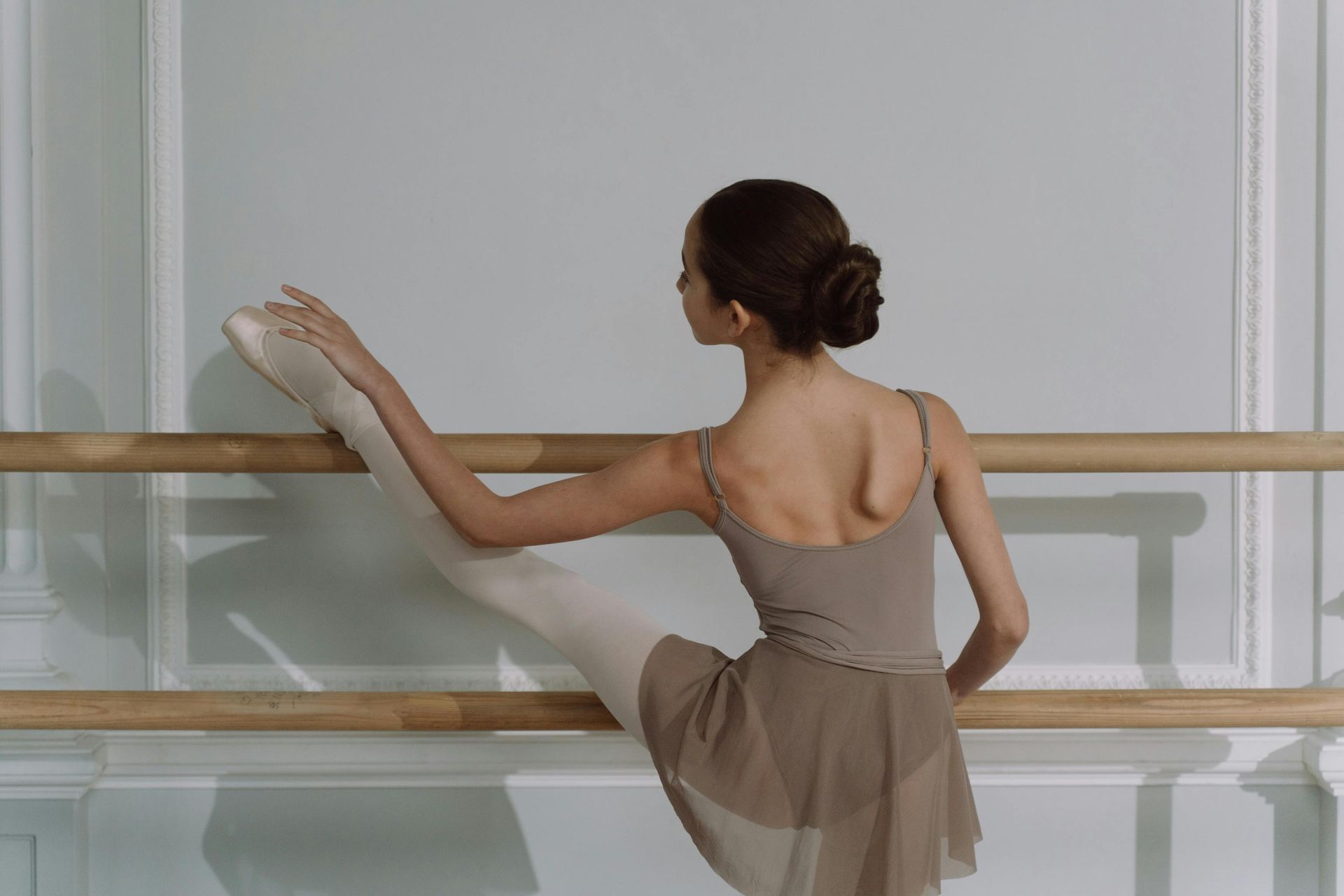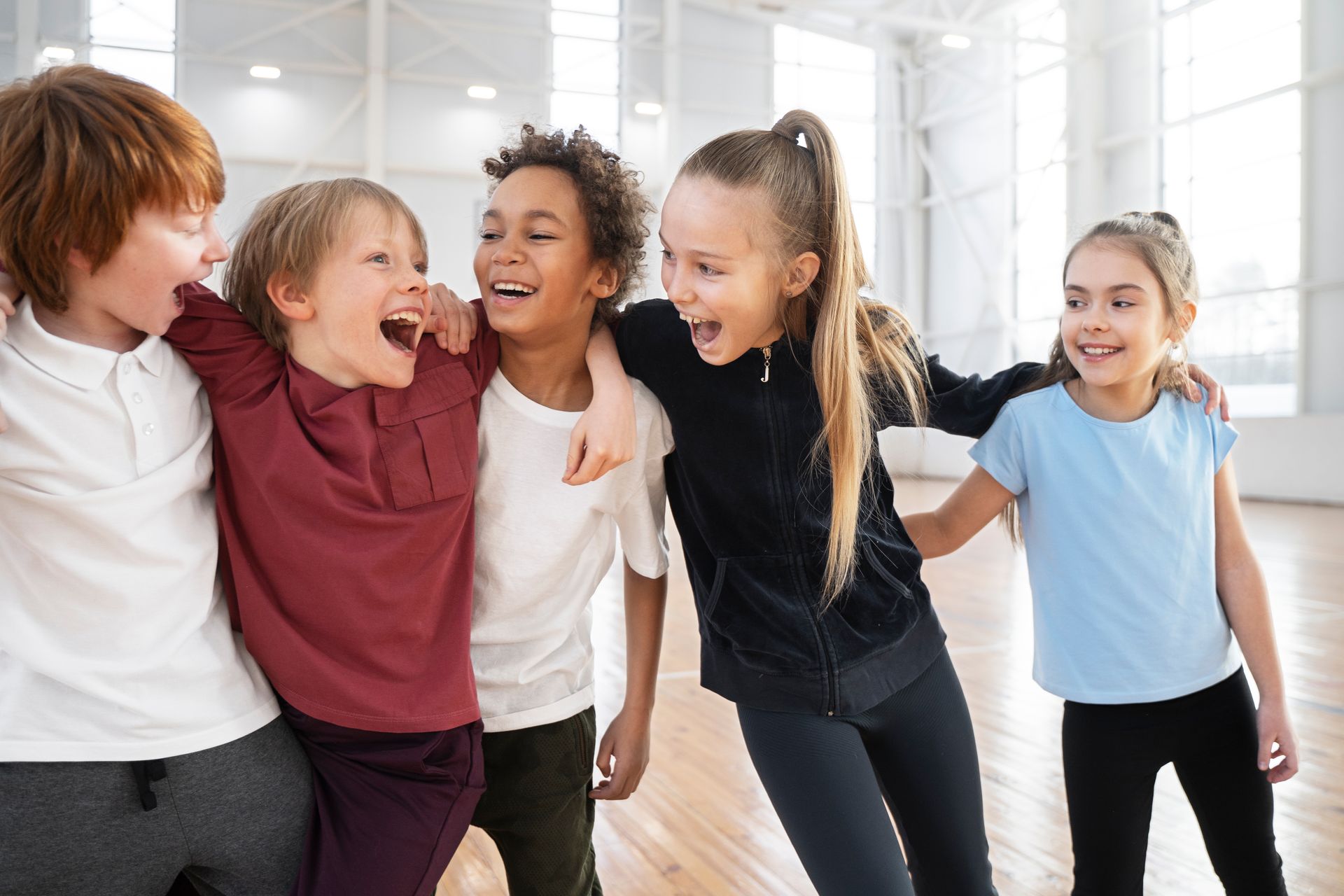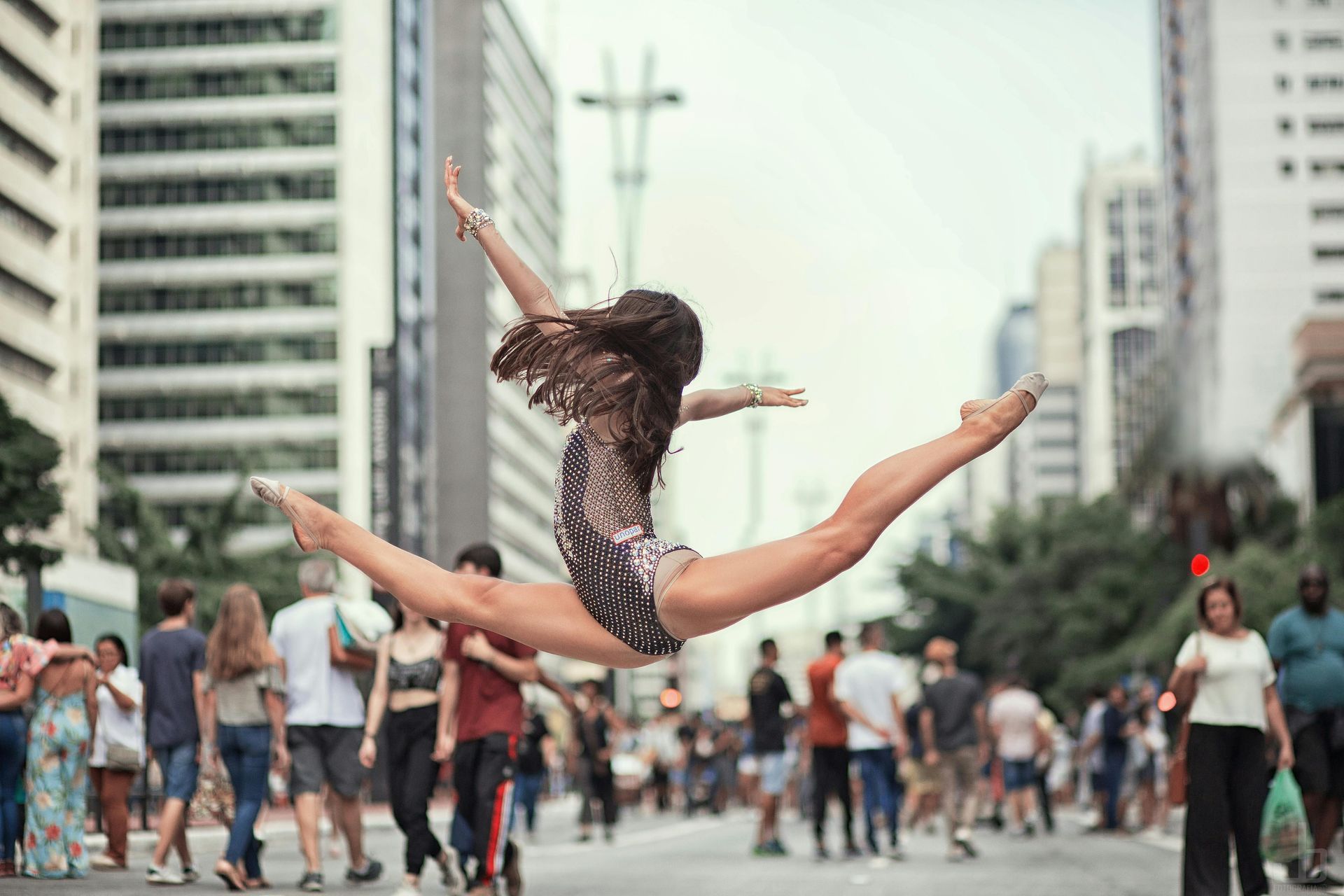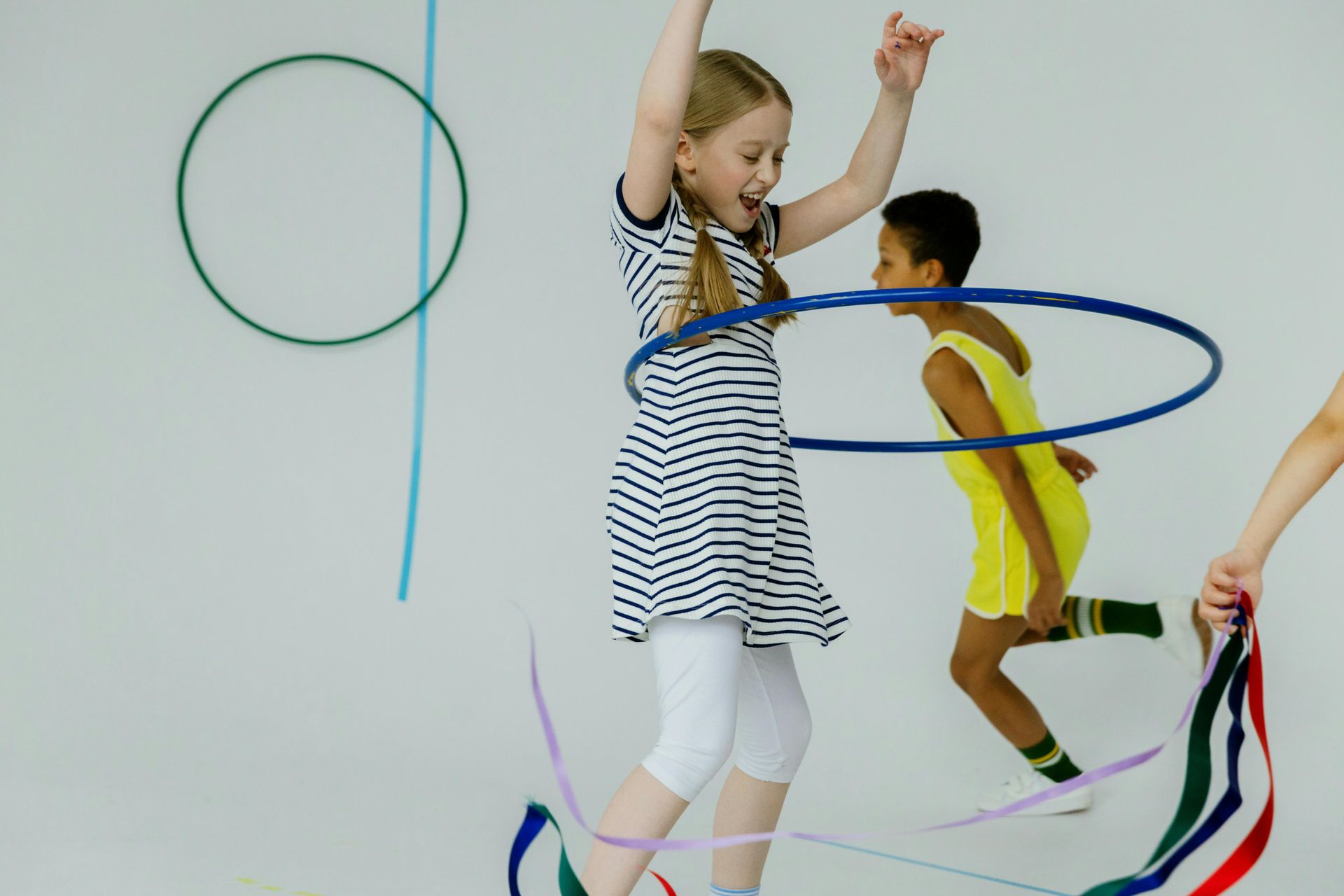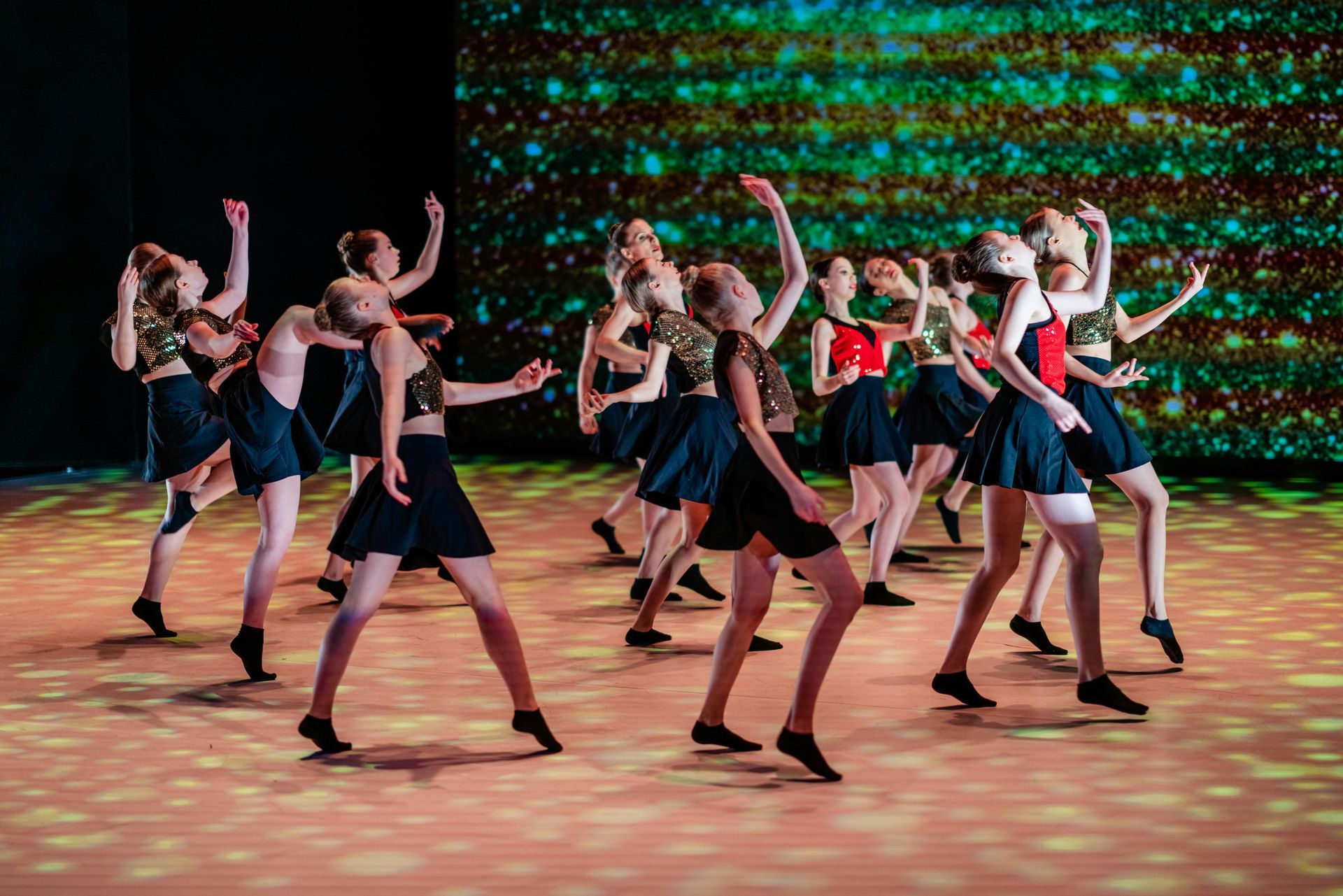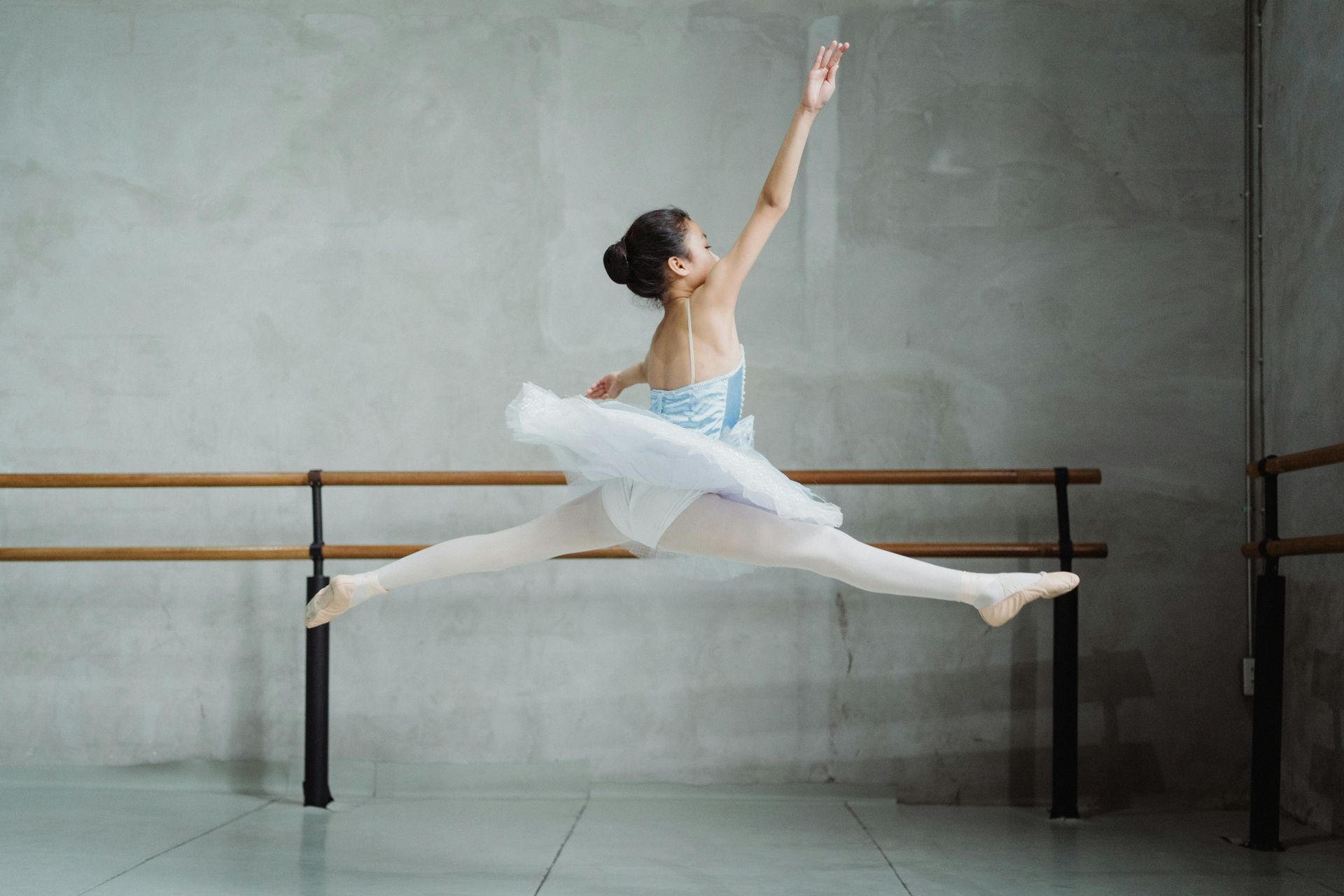Tap Dance: A Timeless Art Form That Enhances Rhythm and Coordination
Tap dance is a unique dance style that combines rhythmic precision, expressive movement, and dynamic footwork. In New Jersey, tap dance classes for ages 6–10 attract dancers of all ages, from children taking their first steps to adults seeking performance opportunities or fitness benefits. Unlike other dance forms, tap emphasizes percussive techniques, turning the dancer’s shoes into musical instruments, creating a rich blend of movement and sound.
Tap dance offers a full-body workout while enhancing musicality, coordination, and rhythm. Its versatility allows students to perform in Broadway-style productions, contemporary choreography, or informal showcases. Beyond technical skill, tap fosters creativity, focus, and confidence, making it both a physically and mentally enriching practice.
The Essence of Tap Dance
Tap dance stands out because it integrates rhythm, movement, and performance. The art form has roots in African-American dance traditions and Vaudeville, evolving over decades into Broadway, jazz, and contemporary tap styles. Each style maintains a focus on footwork, timing, and musical interpretation.
Students in tap classes practice heel-toe techniques, syncopation, and improvisation. Broadway tap emphasizes theatricality and storytelling, while percussive dance training highlights complex rhythms and fast-paced footwork. Through choreography, dancers learn to interpret music visually and aurally, sharpening both auditory and motor skills.
Tap dance develops not just physical fitness but also creativity and cognitive coordination. By synchronizing movement with rhythm, dancers enhance memory, focus, and self-expression.
Choosing the Best Tap Dance Studios in NJ
Selecting the right studio is crucial for growth in tap dance. Top studios provide structured programs covering multiple skill levels, from beginner tap dance to advanced techniques. Instructors combine technical training with performance opportunities, recitals, and competitions.
High-quality studios emphasize posture, timing, and rhythm while promoting creativity and musicality. Students gain hands-on experience in choreography and improvisation, building stage presence and confidence. Supportive environments encourage risk-taking and artistic exploration while reinforcing foundational techniques.
Key qualities of top tap dance studios include:
- Professional instructors with performance and teaching experience.
- Comprehensive programs for various ages and skill levels.
- Opportunities for recitals, competitions, and showcases.
Tap Dance Training and Techniques
Tap dance classes usually begin with a warm-up focusing on flexibility, balance, and foot strength. Drills often include basic steps, heel drops, shuffles, and toe taps. Across-the-floor exercises develop rhythm, coordination, and speed, while center combinations enhance foot articulation and body awareness. For a detailed overview of class structure and curriculum, visit Dance Expression Tap Dance Curriculum.
Choreography is integral to tap training. Students apply techniques to routines that combine rhythm patterns, dynamic movement, and expressive performance. Broadway tap emphasizes storytelling through movement, while percussive tap challenges dancers with intricate rhythmic patterns.
Core aspects of tap training include:
- Learning precise footwork and timing.
- Developing musicality and rhythm interpretation.
- Practicing choreography that blends technical and expressive elements.
Benefits of Tap Dance
Tap dance offers a wide range of physical and mental benefits. Physically, it strengthens the lower body, improves posture, coordination, and cardiovascular endurance. Students develop agility, balance, and flexibility through continuous practice and repetition.
Mentally, tap enhances focus, memory, and creativity. The rhythmic patterns require concentration, helping improve cognitive skills and multitasking. Emotional expression is central to tap, allowing dancers to communicate stories and moods through movement. Tap dance also fosters confidence and social interaction when performed in groups or on stage.
Tap Dance Styles and Expressive Techniques
Tap dance incorporates several styles, each with distinct characteristics. Broadway tap combines technical footwork with theatrical storytelling, ideal for stage performances. Contemporary tap blends traditional techniques with modern choreography, focusing on musical interpretation and artistic expression. Percussive tap emphasizes rhythm and improvisation, providing dancers with a musical voice through their movements.
Expressive techniques include improvisation, syncopation, and dynamic changes in tempo or intensity. These skills allow dancers to personalize choreography, explore musical creativity, and enhance audience engagement. Students often work with different musical genres, including jazz, pop, and classical, to diversify their repertoire and performance skills.
Tap Dance Competitions and Performances
Performance is central to tap dance education. Competitions and showcases offer dancers the chance to refine technique, stage presence, and musical interpretation under real-world conditions. Participating in competitions fosters discipline, resilience, and teamwork, while recitals and performances provide valuable feedback and public recognition.
Tap dance routines often combine technical precision with expressive artistry. Dancers must execute fast-paced footwork while maintaining musicality and emotional connection. This combination develops confidence, poise, and adaptability, preparing students for professional opportunities or personal fulfillment in performance arts.
Tips for Aspiring Tap Dancers
Success in tap dance requires dedication, consistent practice, and openness to feedback. Beginners should focus on foundational steps, rhythm exercises, and posture. Advanced students can explore choreography, improvisation, and performance refinement. For resources and classes, visit Dance Expression.
To maximize progress, dancers should:
- Attend classes regularly to reinforce technique and rhythm.
- Practice at home to build muscle memory and coordination.
- Participate in performances or informal showcases to gain stage experience.
- Supplementary exercises, like strength training and flexibility work, enhance tap performance and reduce injury risk.
Ultimately, enjoyment, creativity, and discipline are the keys to success in tap dance.
Frequently Asked Questions
What age can I start tap dance?
Tap classes are suitable for children as young as 4, with beginner and intermediate programs available for teens and adults.
How does tap improve coordination?
Tap strengthens timing, rhythm, and motor skills through repetitive footwork patterns and complex choreography.
Are there adult tap dance classes in NJ?
Yes, studios offer adult-focused programs for beginners to advanced dancers, emphasizing fitness, rhythm, and performance.
What is Broadway tap?
Broadway tap integrates expressive storytelling with precise footwork, suitable for stage performances and musical theatre.
Can tap dance help with fitness?
Absolutely. Tap improves cardiovascular health, lower body strength, flexibility, and mental focus while providing a fun, social activity.


